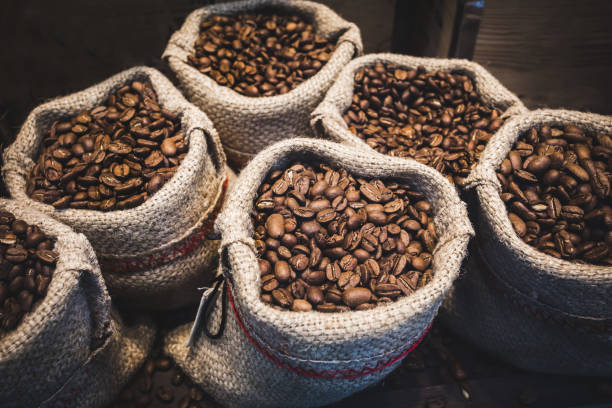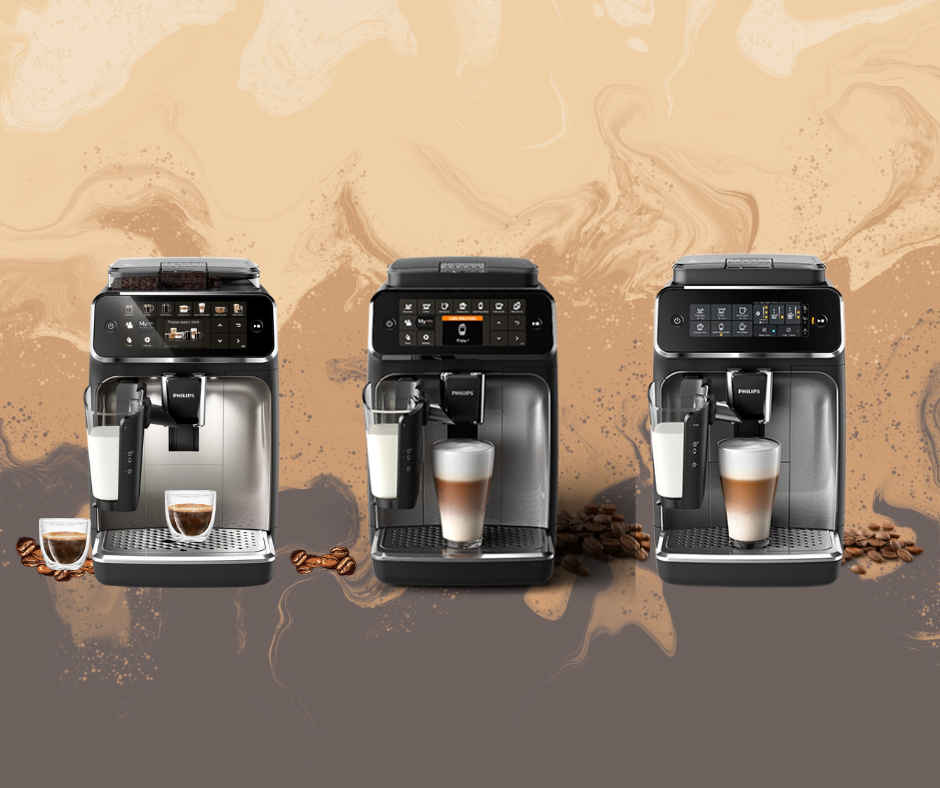Espresso baskets might seem like a small part of your coffee setup, but they play a huge role in determining the quality of your espresso. The right basket can make the difference between a rich, flavorful shot and a disappointing, weak one. This guide will walk you through the different types of espresso baskets, how to choose the best one for your needs, and how to maintain it for optimal performance.
Espresso baskets are crucial because they determine how water flows through the coffee grounds during extraction. The basket’s design, size, and hole pattern affect the pressure and the rate at which water passes through the coffee, influencing the flavor, strength, and consistency of your espresso. Different types of baskets cater to different brewing preferences and skill levels, making it essential to understand their characteristics to make an informed choice.
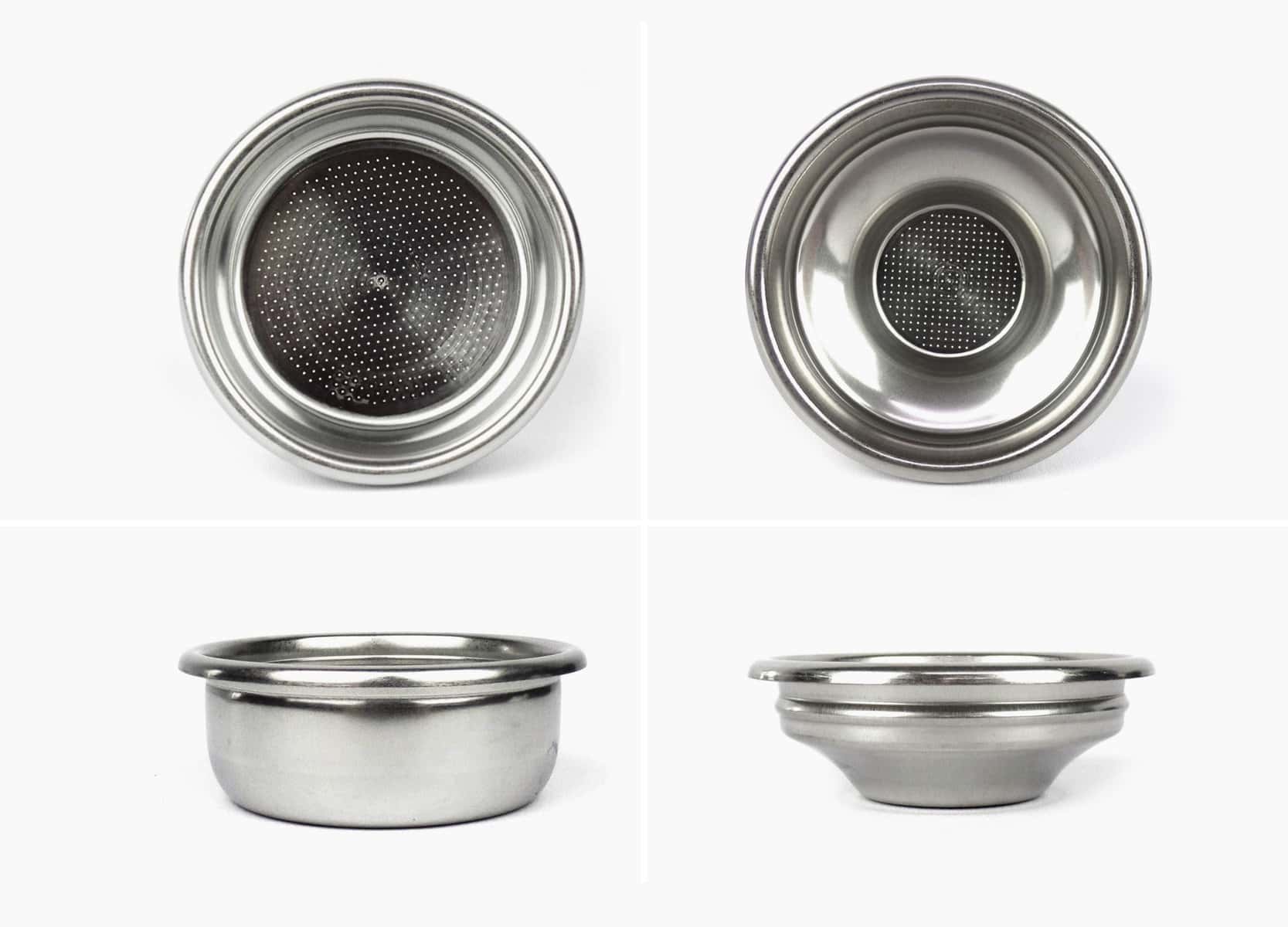
What is an Espresso Basket?
Alright, let’s cut to the chase. An espresso basket is that perforated, often stainless steel or aluminum, little cup that holds your coffee grounds inside the portafilter. You know, the thing you lock into the espresso machine before you hit that “brew” button. But don’t underestimate this bad boy; it’s not just a container. Nah, it’s more like a stage where your coffee grounds perform their flavorful dance under the spotlight of hot, pressurized water.
This piece of metal wizardry ensures that your water flows evenly through the coffee grounds, maximizing that precious extraction process. Mess this up, and you could end up with coffee that tastes like it was strained through an old sock. Trust me, if you want to elevate your morning elixir from “meh” to “magnificent,” you gotta understand the nuances of this crucial espresso component.
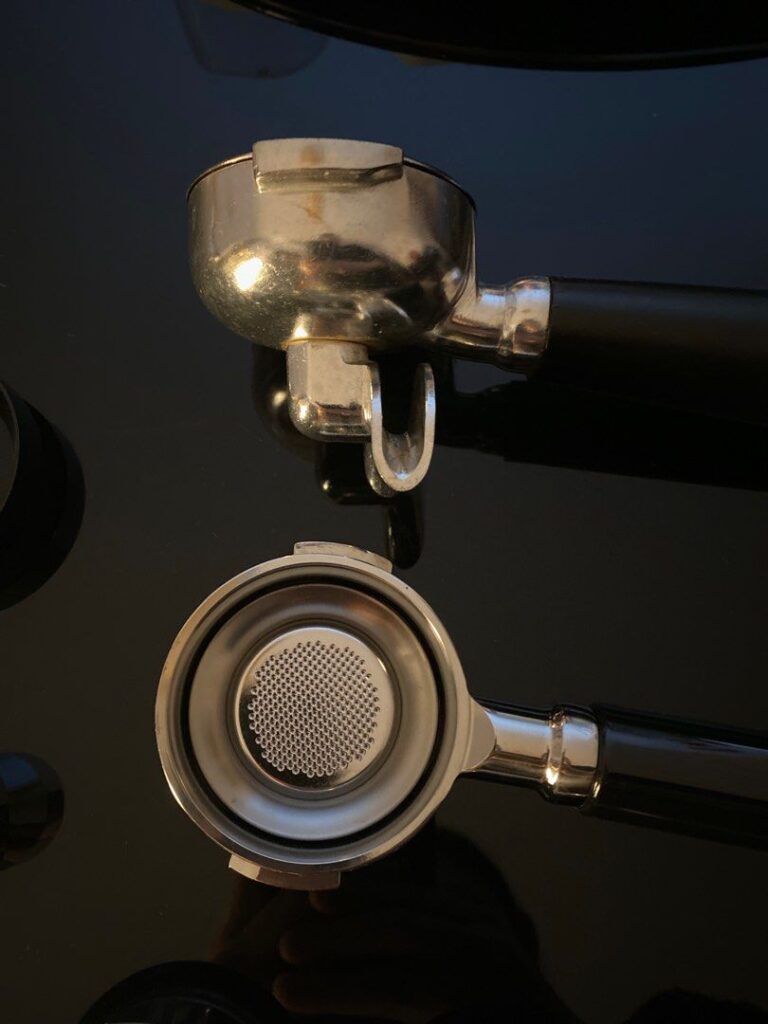
Types of Espresso Baskets
Single, Double, and Triple Baskets
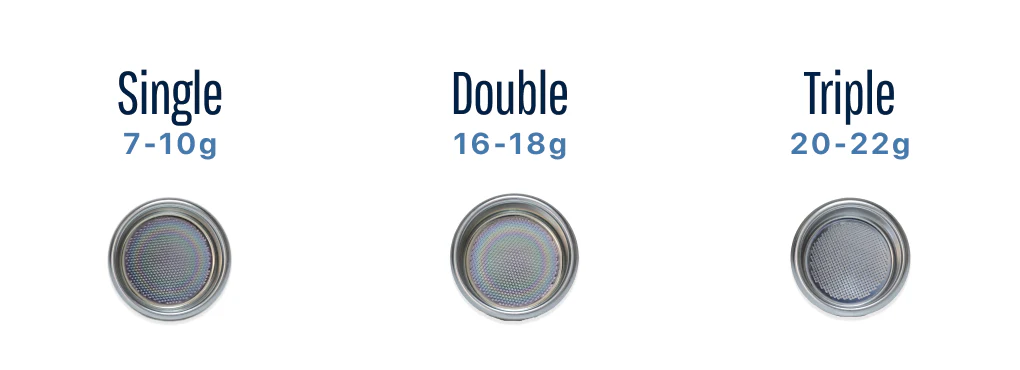
- Single Basket:
- Capacity: Holds 7-12 grams of coffee.
- Usage: Ideal for brewing a single shot of espresso. It’s perfect for those who prefer a smaller, more concentrated dose of espresso.
- Pros: Uses less coffee, faster extraction time.
- Cons: Can be more challenging to get a consistent extraction due to the smaller coffee bed.
- Double Basket:
- Capacity: Holds 14-21 grams of coffee.
- Usage: Designed to brew a double shot of espresso, which is the standard serving size in many cafes.
- Pros: More forgiving with extraction, easier to get a consistent shot, preferred for its balance of flavor and strength.
- Cons: Uses more coffee than a single basket.
- Triple Basket:
- Capacity: Holds over 21 grams of coffee.
- Usage: Suitable for those who prefer a stronger or larger shot of espresso. Requires a deeper portafilter to accommodate the extra coffee grounds.
- Pros: Can produce a very strong and rich shot, ideal for those who enjoy more intense flavors.
- Cons: Higher risk of over-extraction, requires precise grind and tamping, not compatible with all portafilters.
Each type of basket has its own unique advantages and is suited to different preferences and skill levels. Single baskets are great for those who enjoy a smaller, more concentrated shot, while double baskets are the go-to for most home and professional baristas. Triple baskets, although less common, offer an intense espresso experience for those who seek it.
Pressurized vs. Non-Pressurized Baskets
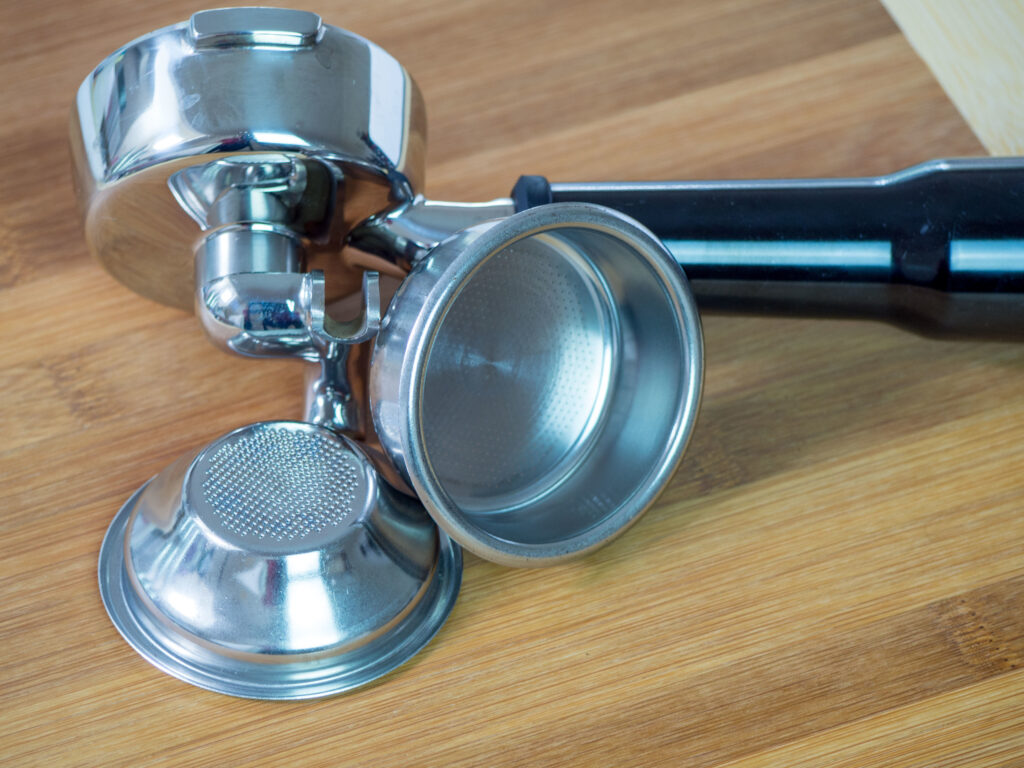
- Pressurized Baskets:
- Description: These baskets use a double-wall design to create optimal pressure, making it easier to achieve consistent shots.
- Ideal For: Beginners or those using pre-ground coffee.
- Pros: More forgiving with grind size and tamping, can produce decent crema with less effort.
- Cons: Less control over the extraction process, may not achieve the same flavor complexity as non-pressurized baskets.
- Non-Pressurized Baskets:
- Description: These baskets have a single wall and require precise control over grind size, dose, and tamping pressure.
- Ideal For: Experienced home baristas who want to fine-tune their espresso extraction.
- Pros: Greater control over the extraction process, can achieve more complex flavors and better quality shots.
- Cons: Requires a good grinder and proper technique to avoid poor extractions.
Ridged vs. Ridgeless Baskets

- Ridged Baskets:
- Description: These baskets have a ridge near the top that helps secure them in the portafilter.
- Benefits: Secure fit in the portafilter, traditional choice for many espresso machines.
- Drawbacks: Coffee grounds can accumulate in the ridge, making cleaning slightly more challenging.
- Ridgeless Baskets:
- Description: These baskets lack the ridge, allowing for a more seamless coffee puck removal.
- Benefits: Easier to clean, more consistent flow of espresso.
- Drawbacks: Can be less stable in the portafilter, requiring careful handling to avoid accidents.
Choosing the right espresso basket depends on your brewing preferences, skill level, and the type of espresso machine you use. Understanding these different types and their pros and cons will help you make an informed decision to enhance your espresso-making experience.
Materials and Sizes
Materials
- Stainless Steel:
- Description: The most popular choice among baristas and home espresso enthusiasts.
- Pros: Durable, easy to clean, does not affect the taste of the coffee.
- Cons: Slightly more expensive than other materials.
- Aluminum:
- Description: Lightweight and heats up quickly.
- Pros: Affordable, ideal for high-volume espresso bars.
- Cons: Less durable, can corrode over time, may affect coffee taste.
- Brass:
- Description: Known for its excellent heat retention properties.
- Pros: Consistent shot temperature, less prone to corrosion than aluminum.
- Cons: More expensive, requires more maintenance.

Sizes
Espresso baskets come in standard sizes such as 51mm, 53mm, and 58mm. The size you choose must be compatible with your espresso machine. For example:
- 51mm: Common in smaller, home-use espresso machines.
- 53mm: Found in mid-range machines.
- 58mm: The standard for professional machines and higher-end home models.
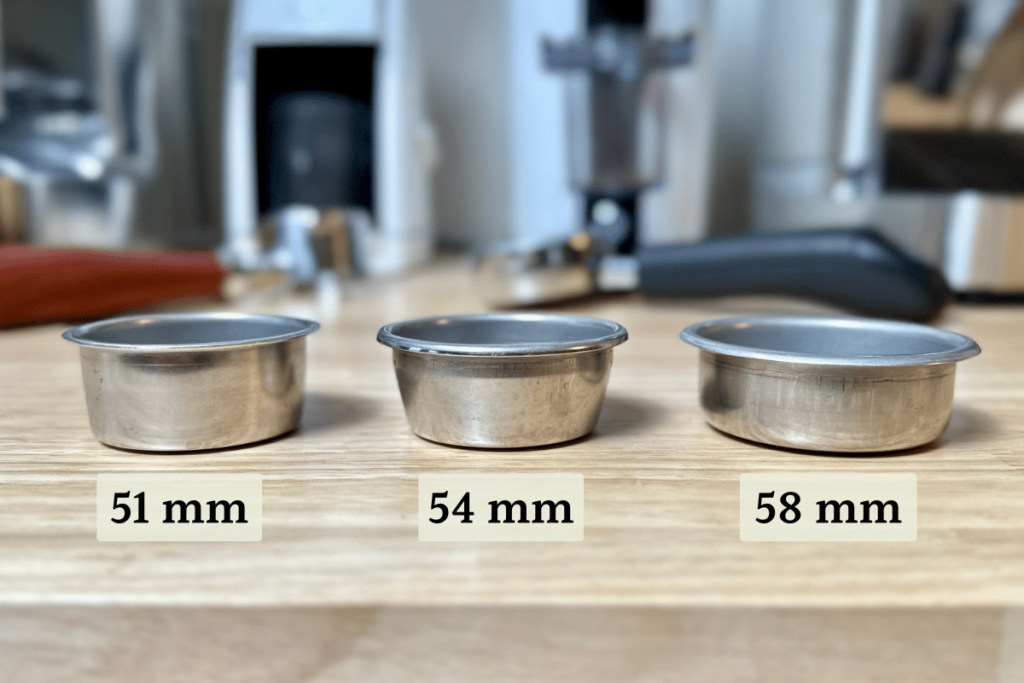
Ensuring compatibility is crucial for achieving the best fit and performance.
Choosing the Right Espresso Basket
When choosing the right espresso basket, consider the following factors:
- Compatibility: Ensure the basket fits your espresso machine’s portafilter.
- Hole Size and Distribution: Precision baskets with uniform holes provide better extraction and consistency.
- Capacity: Match the basket size to your preferred coffee dose and shot volume.
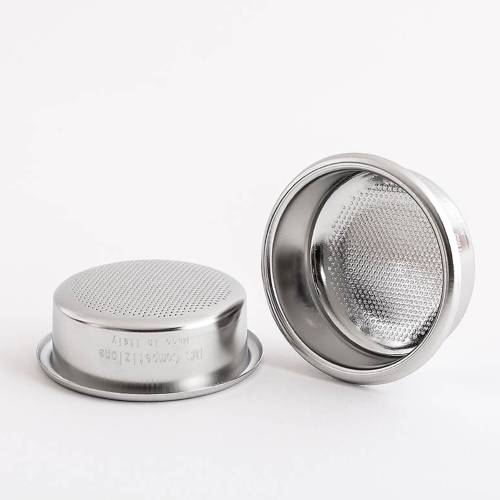
Recommendations:
- For Beginners: Start with a double basket (14-21 grams) and a pressurized basket for easier and more forgiving extractions.
- For Experienced Baristas: Opt for a non-pressurized, ridgeless basket with a precision hole pattern to fine-tune your espresso and achieve more complex flavors.
By considering these factors and recommendations, you can select the best espresso basket to suit your needs and enhance your coffee-making experience.
Maintenance and Cleaning

Daily Cleaning
- Knock out used grounds: After pulling a shot, knock out the used coffee grounds into a knock box or trash bin.
- Rinse under running water: Rinse the basket under running water to remove any remaining coffee particles. This helps prevent coffee oils from building up and affecting future shots.
Deep Cleaning
- Soak in hot water with detergent: Occasionally, soak the basket in hot water mixed with a bit of detergent or a specialized coffee machine cleaner. This helps to remove built-up coffee oils and residues.
- Rinse thoroughly: After soaking, rinse the basket thoroughly to remove any detergent residue that could affect the taste of your espresso.
When to Replace Your Espresso Basket
- Signs your basket needs replacement:
- Visible wear and tear, corrosion, or damage.
- Inconsistent espresso quality despite using fresh beans and proper techniques.
- Clogged holes that cannot be cleaned effectively.
- General guideline: Replace every 1-2 years depending on usage and maintenance.
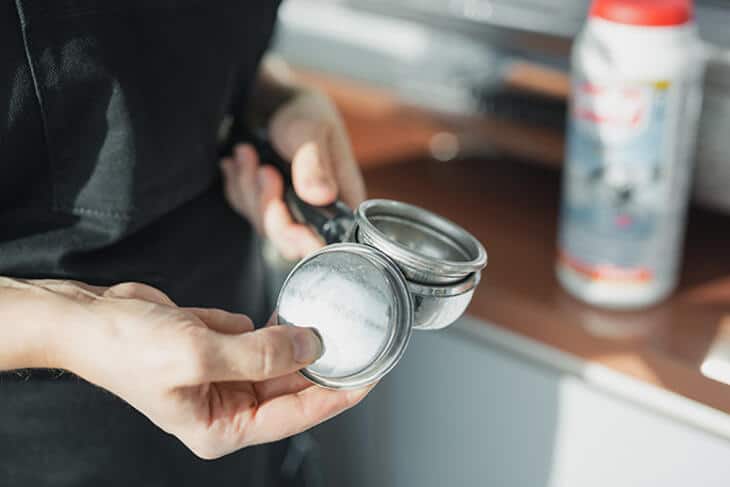
Regular maintenance and timely replacement of your espresso basket are crucial for maintaining the quality of your espresso. Keeping your equipment in good condition ensures that you can enjoy consistently delicious shots.
Conclusion
Recap of key points: Understanding the different types of espresso baskets, choosing the right material and size, and maintaining them properly are all crucial for achieving the best espresso experience.
Encouragement to invest in quality baskets for the best espresso experience: Investing in high-quality espresso baskets can make a significant difference in the taste and consistency of your espresso. Don’t underestimate the impact of this small but essential piece of equipment.
- Recommended accessories to enhance your espresso making setup:
- Dosing Cups: Ensure consistent amounts of coffee grounds.
- Dosing Funnels: Guide coffee grounds into the portafilter without mess.
- Distribution Stirrers: Evenly distribute coffee grounds for even extraction.
- WDT Tools: Break up clumps in the basket for better extraction.
- Pressure Gauges: Monitor the pressure of the espresso machine for optimal extraction.
Disclosure: Our blog contains affiliate links to products. We may receive a commission for purchases made through these links. However, this does not impact our reviews and comparisons. We try our best to keep things fair and balanced, in order to help you make the best choice for you.

